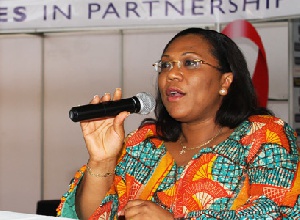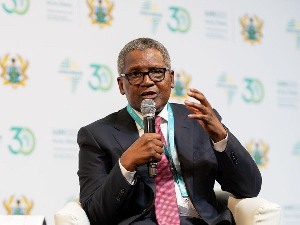An average of 29 adolescents between the ages of 15 and 19 are infected with the deadly HIV every hour, according to the United Nations Children's Fund (UNICEF).
According to UNICEF, the numbers of AIDS-related deaths among adolescents within that age group have more than doubled since 2000.
It has, however, warned that despite remarkable global progress in tackling the HIV/AIDS pandemic, much work remains to be done to protect children and adolescents from infection, sickness and death.
“After all of the saved and improved lives thanks to prevention, treatment and care; after all of the battles won against prejudice and ignorance about this disease; after all of the wonderful milestones achieved, AIDS is still the number two cause of death for those aged 10-19 globally – and number one in Africa,” said UNICEF Executive Director Anthony Lake.
While rates of new infections among adolescents have levelled off, UNICEF is concerned that projected increases in their population in the coming years will mean an increase in the overall number of infections.
According to the report, girls are particularly vulnerable, making up about 65 percent of new adolescent infections worldwide.
In sub-Saharan Africa, which accounts for about 70 percent of people in the world living with HIV, 3 out of every 4 adolescents newly infected with HIV in 2015 were girls.
Yet fear of testing keeps many young people unaware of their status. Among adolescents, only 13 percent of girls and 9 percent of boys were tested within the last year.
A new poll conducted on U-report, UNICEF's mobile-based reporting tool, shows that some 68 per cent of 52,000 young people surveyed in 16 countries said they did not want to be tested, both because they were afraid of an HIV-positive result and because they were worried about social stigma.
“The battle against AIDS will not be over until we redouble prevention and treatment efforts; until we reach those young lives still being denied the progress that millions before them have enjoyed; and until we end the stigma and fear that prevent so many young people from getting tested,” Mr Lake said.
Meanwhile, new infections among children due to transmission at birth or during breastfeeding have decreased dramatically since 2000, dropping by 70 percent in the period. UNICEF is calling for stepped-up efforts to fully eliminate the transmission of the virus from mother to child.
Health News of Friday, 22 July 2016
Source: The Finder













